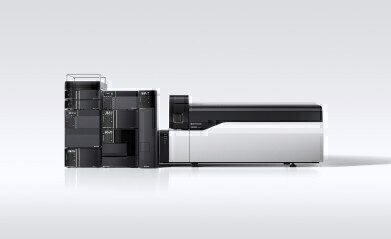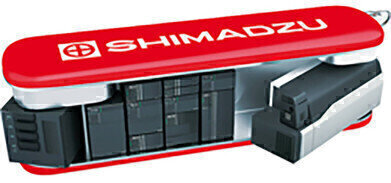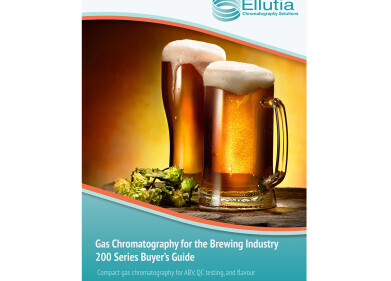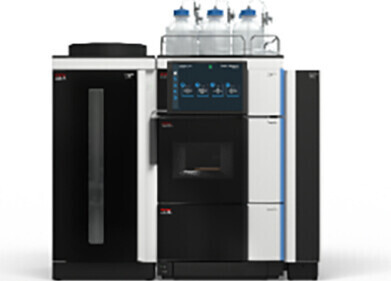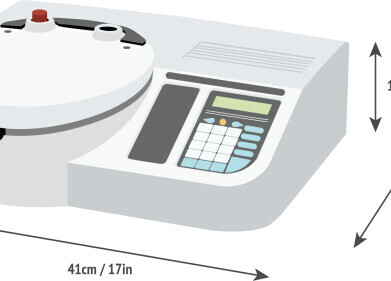Chromatography
The Swiss Knife of Analytics
Oct 07 2022
The next era of SFC
Supercritical fluid chromatography (SFC) is a separation method that uses supercritical carbon dioxide (CO2) as the mobile phase. SFC technology has existed for a long time, but only due to recent advancements in SFC instrument and column technologies, it is now beginning to be used for routine analysis in academia, as well as industrial labs. By using supercritical CO2, which can be mixed with water-soluble solvents despite its low polarity, SFC offers a powerful, complimentary method that is different from conventional GC and HPLC separations. Supercritical fluids have a higher coefficient of diffusion with lower density and viscosity than liquids. Higher diffusivity results in better distribution into the mobile phase and higher separation efficiency, while lower viscosity allows for higher flow rates, without the pressure limitation of HPLC, offering the possibility of ultra-fast analytical runs.
Modern SFC systems are comparable to HPLC systems in configuration and operation. There are only three major differences to be taken into account:
- A solvent delivery pump designed specifically for pumping supercritical CO2 is required.
- A dedicated unit, called a backpressure regulator (BPR), is required to keep the CO2 in a solvent state (liquid or supercritical fluid) preventing it from vaporising by maintaining the pressure within the flow path on a constant level. In an SFC system, the BPR unit is positioned downstream from a UV or PDA detector or upstream from an evaporative light scattering detector (ELSD) or mass spectrometer (MS).
- If an ELSD or MS unit is used for detection, then an additional ‘Make-up’ solvent pump is required to prevent precipitation in the flow channels or to improve sensitivity during MS detection, because supercritical carbon dioxide does not promote ionisation.
Shimadzu’s Nexera UC supercritical fluid chromatograph offers unique hardware innovations to ensure reliable and stable analysis. Adding the specificity of MS detection to the versatility of SFC makes it an ideal tool for challenging sample separations.
To enable customer- and application-specific solutions in the pharmaceutical, chemical and food industries, the Nexera UC supercritical fluid chromatography system is available in multiple configurations.
‘Green’ chromatography
Gas cylinders are filled with CO2 generated by industrial plants, no new CO2 is generated for operating SFC. On the other hand, organic solvents as used in standard HPLC applications are incinerated for disposal, which emits large amounts of energy and CO2. Therefore, switching a separation method from HPLC to SFC reduces cost and the environmental impact of an analysis.
More information online
Digital Edition
Lab Asia Dec 2025
December 2025
Chromatography Articles- Cutting-edge sample preparation tools help laboratories to stay ahead of the curveMass Spectrometry & Spectroscopy Articles- Unlocking the complexity of metabolomics: Pushi...
View all digital editions
Events
Jan 21 2026 Tokyo, Japan
Jan 28 2026 Tokyo, Japan
Jan 29 2026 New Delhi, India
Feb 07 2026 Boston, MA, USA
Asia Pharma Expo/Asia Lab Expo
Feb 12 2026 Dhaka, Bangladesh
